Are you a freelancer itching to take things to the next level? Well, maybe it’s time to consider Tim Kilroy‘s 4 W’s for transitioning from freelancing to being an agency owner. Tim helps digital agencies (and their owners) generate more revenue, more profit (and, by extension, more happiness) without working a million hours – or having to be overtly “sales-y” in the process.
About Tim Kilroy
In short, Tim Kilroy and his team create individualized frameworks, so that agency owners and management teams to make better decisions – and drive dramatic growth.
To date, he has worked with over 100 agencies, helping them solve problems ranging from “How do I get my first client?” to “How do we maximize our exit value?” This results in amazing things such as growing by eight times in a year, or by three times in 90 days. Like we said – dramatic growth!
To facilitate such growth, Tim has aided dozens of agency owners to hire their first sales team member, or Head of Services, plus create account management structures, and more. He’s additionally helped agencies to change their markets or reshape their offers. For example; how does changing your offer from $4K/mo to $100K upfront sound?!
A father of five and an ardent peanut butter enthusiast, Tim is also a BIG Red Sox superfan.
Points of Interest…
- The Importance of The 4’Ws 2:36
- Main Sticking Point Agencies Encounter when Transitioning 14:22
- Agency Growth Via Creating Teams and Systems 18:35
- Pinpointing the Next Stage of Agency Growth 19:59
The Importance of The 4’W’s
Our pivot point for today’s episode is Tim’s 4 W’s Model, what it entails, and its importance. However, before we venture headlong into that, Tim tells us why it was devised in the first place.
“This is essentially a really simple decision-making framework. Any decision you’re thinking about if it enhances one of your answers to the four W’s – you should do it. Now, if it doesn’t, I’m not going to say that you shouldn’t do it, but you probably need to think about it a whole lot more.”
Simply put; if you can’t draw a bright line between what you want to do, and one of these answers, it bears more consideration. As for The 4 W’s themselves; they are amazingly simple and can aid decision-making across an array of facets, including customer acquisition to – quite frankly – your company’s acquisition.
So, what are they? Well, they may sound familiar to avid APP subscribers!
- Who do we serve? You need to be specific here; don’t just say ‘we serve small businesses!’ 97% of businesses; what makes your services relevant to them? If you’re trying to serve effectively everyone you wind up serving no one.
***Tim provides examples from the 4:22 juncture, while I obsess over the semantics of such questions from 7:38 minutes*** - What do we do? Here, you want to talk about the impacts that you have on your business. For example; “we help companies grow through making client acquisition easy” or by “creating a great recruiting pipeline.” Again, be specific to the proposed scenario. By way of a simple formula: “We help company type X, to accomplish the desirable thing without having to do the undesirable thing.”
- What’s in it for our client/prospect? It’s not about all the tasks that you have accomplished, but rather understanding the impact of those tasks. How will your expertise be of measurable benefit to your clients?
- Why us? Are we the best fit/hire for them? In Tim’s vast experience, by the time he gets to this question almost every agency owner he’s worked with says “I have no idea.” In short, they throw a load of spend behind Facebook ads and then see what happens. Instead of obsessing over return on ad spend or ROI, instead, focus on the return on understanding. The more deeply you understand your client’s business, the better return you’re going to get on your relationship with them and vice versa.
As a wise mentor once said; when you can describe your customer’s pain better than they can – that’s when you win. That’s when you get their attention.
Main Sticking Point Agencies Encounter when Transitioning
So, now that we all know about The 4 W’s, let’s transition into transitioning from being a solo freelancer to a fully-fledged Agency! Agency owners go through very distinct transitions through the life cycle of their business. If you recall, certain challenges start to arise at specific junctures – notably in coinciding with employee numbers.
I’m keen to unlock these observational patterns and therefore ask Tim about the key challenges or sticking points that agencies encounter.
“The scenario in which these problems occur most frequently is the point at which they decide to call themselves an agency… So, they are there doing the thing that they know how to do really well for other people. However, instead of doing it for a single employer, they’re doing it for multiple employers. While that is a fantastic model – but they’re not an agency. They’re doing consultancy or freelancing. “
Side note: our Agency Profit Toolkit is a one stop shop for you to be able to outline some of these crucial profitability numbers to a potential buyer. Spreadsheets, templates and training videos, you name it, it’s all in the toolkit. Grab yours free at the link below:
At some point, you get enough work as a freelancer whereupon you realize you need some help… That’s when you bring in someone to do the less sexy side of your work schedule. Usually, this is backend work and not client-facing. In Tim’s experience, this is usually the first sticking point founders encounter.
Why? Well, founders feel no one can serve their customers quite as they do. This is not true. In fact, it leads to founders resenting the company over time as constantly serving clients leads to depletion. It’s a role that takes and never gives back. When people get to this point, they often ask for help. It might be somewhere between, say $20,000 and $30,000 a month in revenue. They need to realize that the agency isn’t about them.
“This harks back to a mantra from my formative group coaching work – ‘the job of an agency CEO is not to create happy clients, but rather create teams and systems that create happy clients.’ This is a huge piece of work. Consider it the ultimate filter!”
As a CEO, you are supposed to do these things in order to grow. However, if you fight against that learning, then you’re going to stop growing. And, by the way, there is nothing wrong with stopping there.
Agency Growth Via Creating Teams & Systems
If you choose to build a business that pays you really well, delivers great value for your clients and you’re completely happy doing the work. All the time. In fact, you can’t take a vacation… There are a lot of folks for whom that is the very definition of success!
If that’s you, awesome, don’t do anything because the next step you have to take beyond that changes what you do. When you realize your job is to create teams and systems that create happy clients, then you are no longer “the best” at doing whatever it is you do. Instead, you need to transition into becoming the leader, organizer, and protector of the doers of what you do.
At this next stage, where you were creating teams and systems, it’s helpful to understand the intricacies of what your team does – but not absolutely necessary. Why? Because you’re taking the next step where the organization is your project, not the client work. Lots of founders are unable to make this leap, and – again – that’s OK.
Pinpointing The Next Stages of Agency Growth
If, however, you do succeed in creating your team, your systems, and your business starts to grow, your job role will change again. How will you know if/when that’s likely to happen?
“This is probably somewhere around a hundred or $150,000 a month in revenue, where your agency can probably run on its own. For example, if you took a month off and your team’s doing well, great! Your agency may not grow, but it’s not gonna fall apart either because you’ve worked at getting good teams and systems in place.”
This point could be a potential pitfall, however, as founders tend to get bored. As they don’t quite know what to do with themselves, they start inadvertently causing trouble. How? Well, they jump back into the work or decide to start a course. Worse, they open up an e-commerce store and start preaching the merits of crypto, or whatever. They need a mental model of what’s next. What might that look like?
“In order to get bigger, you actually have to install another layer of management. Therefore, your job ceases to be creating teams and systems; your job then becomes focusing on training and growing managers who can create teams and systems!”
So, every step along the way, you are abstracting further and further away from the work. The further you are away from dealing with the customer on a day-to-day basis, the longer your lever is, and the greater your impact can be on your organization.
Key Takeaway…
If you think of The 4W’s as your “operating principles” then, making decisions is REALLY easy. These 4 questions are foundational to setting the direction for an agency. They help create the context in which a lot of these systems we’ve talked about can carry you through such sticking points.
There needs to be a certain amount of definition to the business in order for it to optimize an organization; to support metrics, reporting, process, delegation, and scaling of value. Only then can you fully transition from a solo founder to a super freelancer, then into a business owner while building out a super productive management team!
See more from Tim…
- View The 4 W’s
- The Kilroy Report Podcast
- LinkedIn @timkilroy
- Twitter @timkilroy
- Facebook Agency Growth Coach
- Facebook Agency Breakout
Did you learn anything new from this episode? Let us know in the comments below! We have helpful blogs designed to bolster your agency profitability, such as How To Calculate Your Billable Employee Cost-Per-Hour.
Our next installment of #APP, on May 4th, will see Marcel chat with Pia Silva. Our previous blog – Episode 84 with Dan Englander – can be viewed here…
Avid #APP Listener?!
We would be eternally grateful if you could leave us a review…
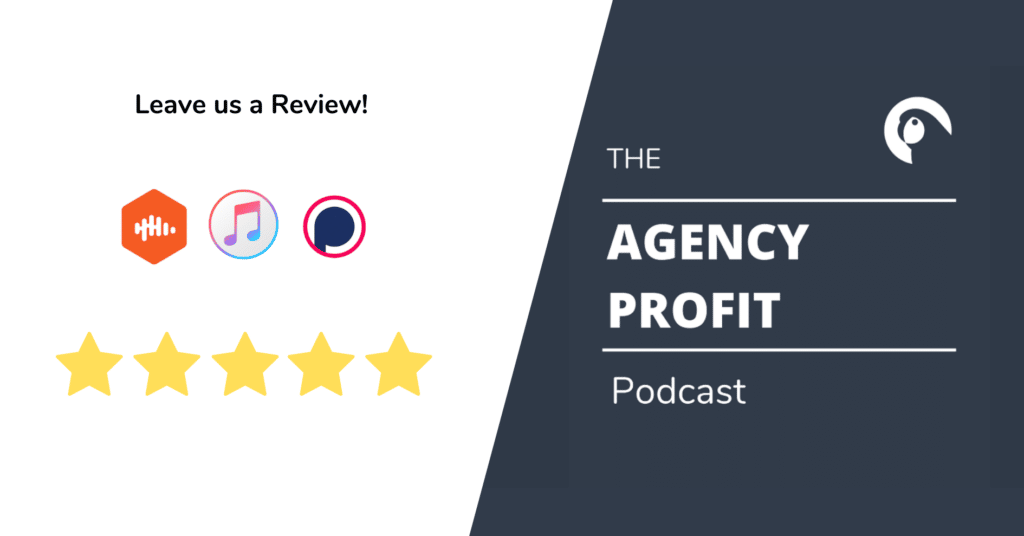
Agency Profitability Tool Kit
If you’re looking for more resources to help you improve your agency’s profitability, check out the Agency Profitability Tool Kit. It’s full of templates and checklists used when consulting clients. This helps them improve profitability by over 100% in under 60 days.

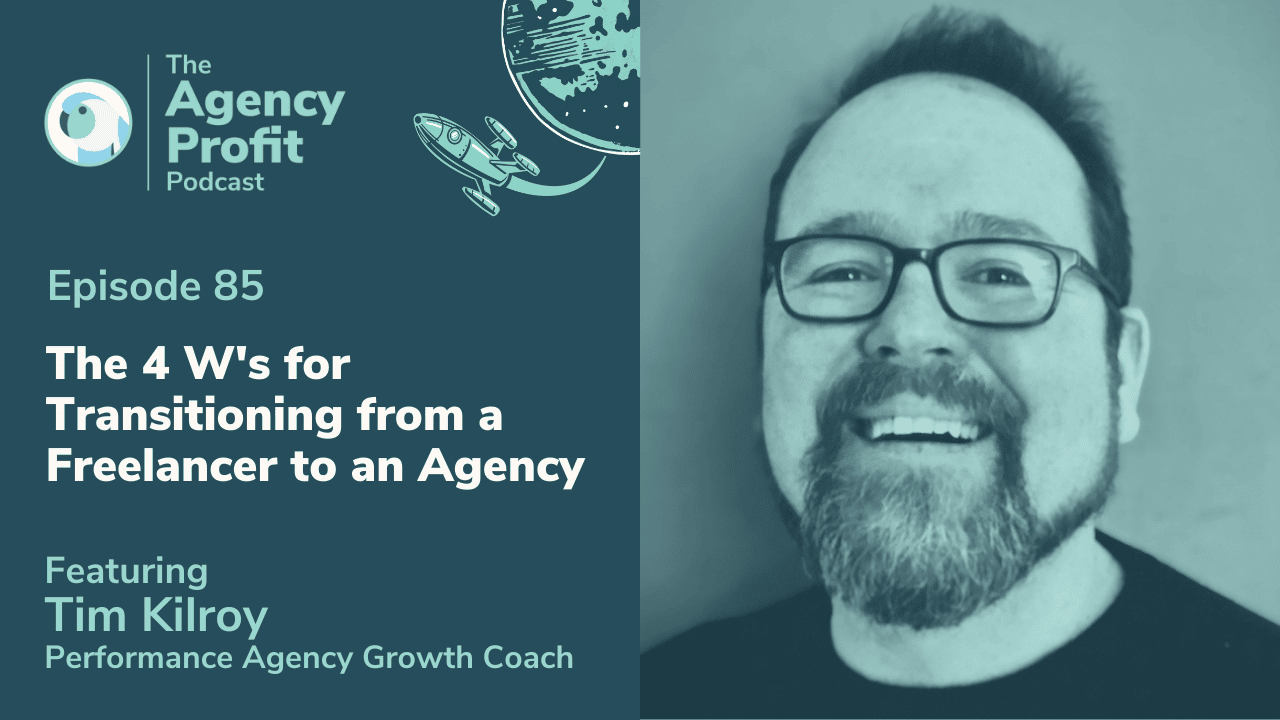


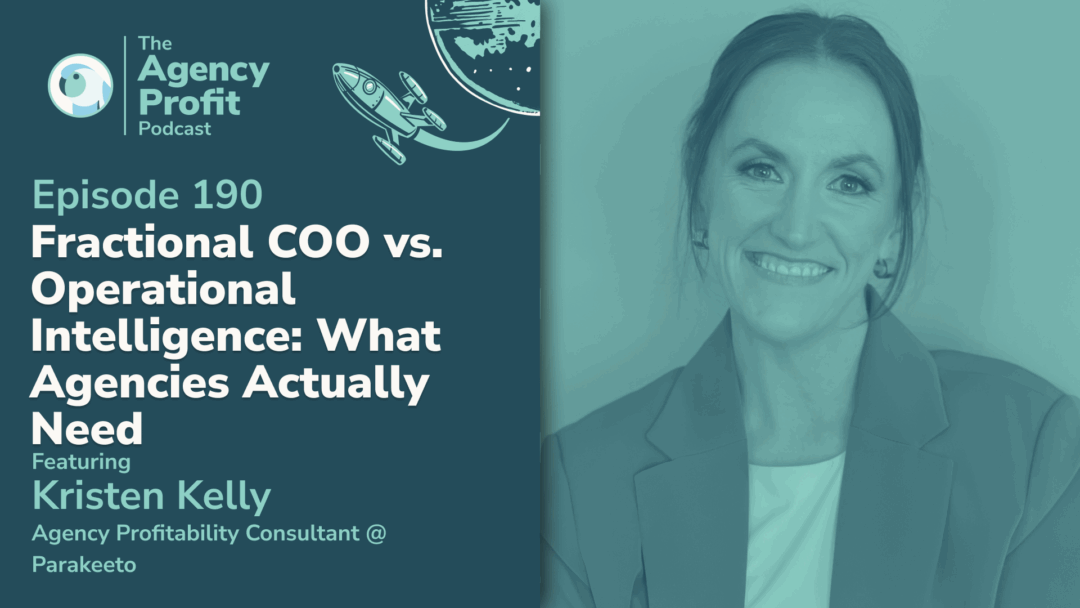
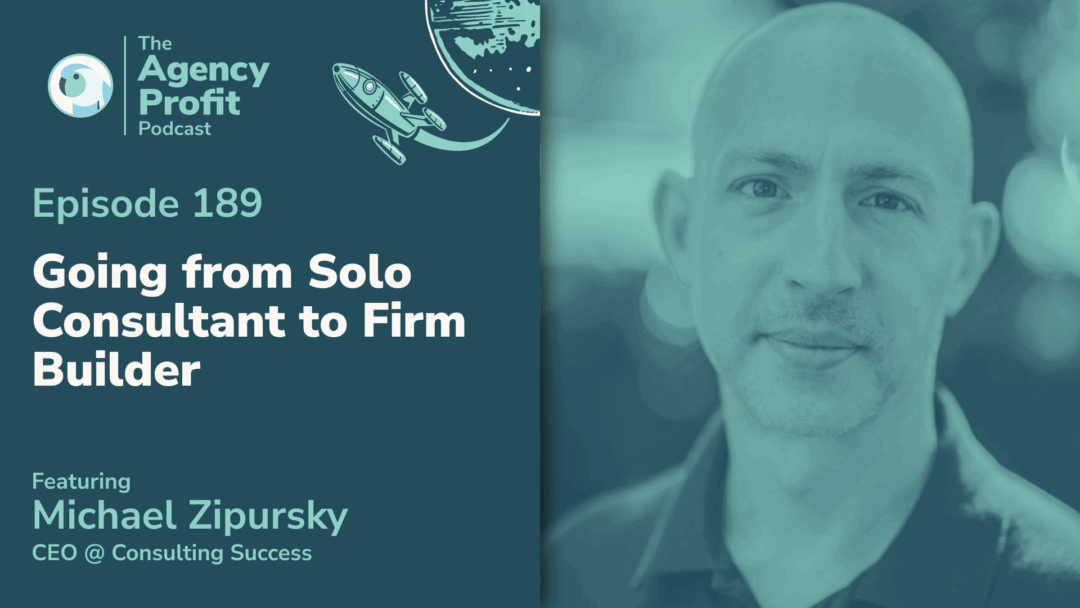
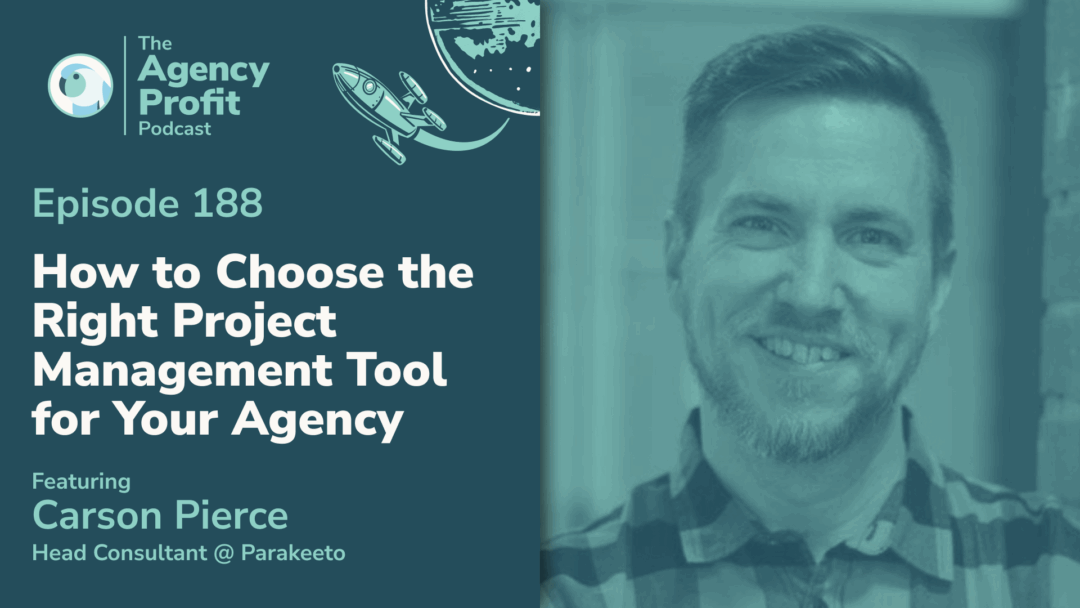

0 Comments